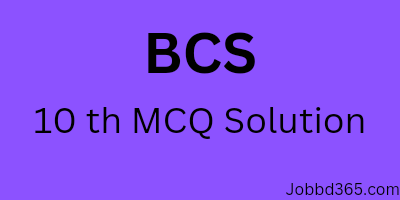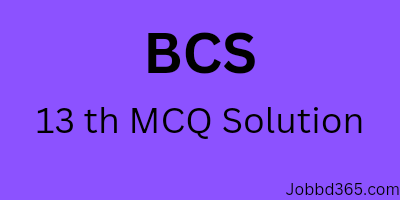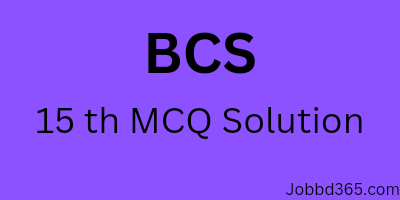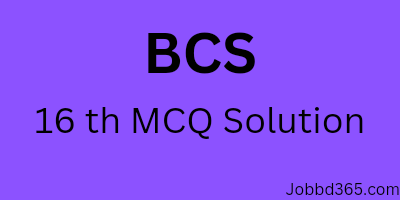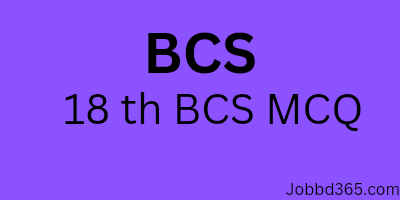Top Medical Treatments That Save Lives and Money
Discover the top medical treatments that save lives and reduce healthcare costs. Learn how vaccines, generics, screenings, and preventive care protect health and finances.
Introduction
Healthcare costs are skyrocketing worldwide, and millions of people struggle to access life-saving treatments. But the truth is, some of the most effective medical treatments are also the most affordable. By focusing on prevention, early intervention, and cost-effective therapies, we can save countless lives and billions in healthcare spending.
This article explores the top medical treatments that not only extend life but also reduce long-term healthcare expenses—a win-win for patients and healthcare systems alike.
1. Vaccinations: Preventing Deadly Diseases
Vaccines are among the most powerful medical innovations ever created. They have eradicated smallpox, nearly eliminated polio, and prevent millions of deaths each year.
-
Lives saved: Measles vaccination alone prevents over 4 million deaths annually.
-
Money saved: Every $1 invested in vaccines saves $44 in healthcare costs and productivity.
Vaccines prevent hospitalizations, intensive care admissions, and long-term disability, making them the single most cost-effective public health measure.
2. Generic Medications: Affordable Alternatives
Generic drugs contain the same active ingredients as brand-name medications but are far cheaper.
-
Cost savings: Generics are 80–90% cheaper than branded options.
-
Impact: Millions gain access to essential drugs for conditions like hypertension, infections, and diabetes.
They ensure accessibility without compromising quality, making them a lifesaver for patients and healthcare budgets.
3. Blood Pressure Management
High blood pressure is called the “silent killer”, responsible for strokes, heart attacks, and kidney disease. Affordable blood pressure medications—like ACE inhibitors and beta-blockers—save lives every day.
-
Lives saved: Proper management reduces stroke risk by 35–40%.
-
Money saved: Preventing one stroke saves over $20,000 in acute care costs.
4. Cholesterol Control with Statins
Statins are inexpensive drugs that reduce cholesterol and prevent heart disease.
-
Impact: Statins lower the risk of heart attack by 25–30%.
-
Savings: For every 1,000 patients treated, over $1 million in cardiac treatment costs are avoided.
5. Diabetes Management and Early Intervention
Diabetes is one of the most expensive chronic diseases. But affordable medications like metformin, combined with lifestyle changes, prevent complications.
-
Lives saved: Reduces risk of kidney failure, amputations, and blindness.
-
Money saved: Early intervention reduces costs of dialysis and hospitalizations by thousands per patient annually.
6. Smoking Cessation Treatments
Tobacco is the leading cause of preventable death. Programs with counseling, nicotine patches, and prescription drugs make quitting possible.
-
Health impact: Quitting reduces heart disease risk within 1 year and lung cancer risk by 50% within 10 years.
-
Cost savings: Every $1 spent on cessation programs saves $3 in healthcare costs.
7. Prenatal and Maternal Care
Affordable prenatal care dramatically reduces maternal and infant deaths.
-
Impact: Prevents preeclampsia, premature birth, and birth complications.
-
Savings: Reduces neonatal intensive care admissions that cost $50,000+ per baby.
8. Cancer Screenings and Early Detection
Early cancer detection saves lives and money.
-
Breast cancer: Mammograms detect cancer early, saving over 40% of treatment costs.
-
Colon cancer: Screenings cut treatment costs in half compared to late-stage diagnoses.
9. Antibiotic Stewardship Programs
Overuse of antibiotics leads to resistant superbugs. Stewardship programs ensure proper use.
-
Lives saved: Reduces hospital deaths from resistant infections.
-
Money saved: Cuts hospital stays and expensive drug use by billions annually.
10. Telemedicine and Remote Care
Telemedicine connects patients with doctors through technology.
-
Lives saved: Fast intervention prevents worsening conditions.
-
Cost savings: Reduces ER visits and unnecessary hospitalizations.
11. Emergency Life-Saving Interventions (CPR & AEDs)
Quick intervention during cardiac arrest doubles or triples survival rates.
-
Impact: Over 350,000 cardiac arrests occur annually in the U.S.—many lives are saved with CPR/AED use.
-
Savings: Reduces the need for costly intensive care following brain damage.
12. Lifestyle Interventions: Diet & Exercise Programs
Healthy eating and regular exercise prevent chronic diseases like diabetes, heart disease, and obesity.
-
Impact: Reduces cardiovascular risk by 50%.
-
Cost savings: Prevents billions in costs from insulin therapy, surgeries, and obesity-related care.
13. Mental Health Treatments
Depression and anxiety are leading global health burdens. Affordable therapies—like CBT (cognitive behavioral therapy) and low-cost medications—save lives.
-
Impact: Reduces suicide risk and improves quality of life.
-
Savings: Cuts workplace absenteeism and healthcare costs by up to 50%.
Conclusion
The most effective medical treatments are not always the most expensive. Vaccines, screenings, affordable drugs, lifestyle interventions, and telemedicine are prime examples of how healthcare can be both life-saving and cost-saving.
Investing in prevention and cost-effective care ensures a healthier future while reducing financial strain on patients and healthcare systems.
FAQs
1. Which medical treatment saves the most lives worldwide?
Vaccinations save the most lives, preventing millions of deaths annually.
2. What’s the most cost-effective health investment?
Preventive care—especially vaccines and lifestyle interventions—offers the best return on investment.
3. How do preventive treatments save healthcare costs?
They reduce expensive emergency care, hospitalizations, and long-term chronic disease management.
4. Are vaccines really more affordable than treatments?
Yes. Treating polio costs thousands per patient, while vaccines cost only a few dollars.
